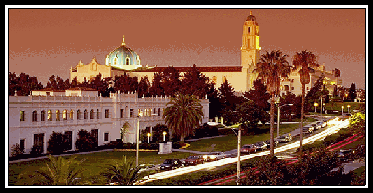(1) Define the problem
- What is the problem?
- Who is the decision maker?
- What is the setting or context?
(2) Determine the objective
- What is (are) the decision maker's goal(s)?
- How should outcomes be valued?
- How should risk and uncertainty be dealt
with?
(3) Explore alternatives
- What are the alternative courses of
action?
- What are the variables that can be
controlled?
- What constraints limit choices of
options?
(4) Predict the consequences
- What are the consequences of each
alternative action?
- Use models to predict outcomes -
simplified description of a process or relationship
- Deterministic model => outcome is
certain
- Probabilistic model => range of
possible outcomes, each with a probability of occurence
(5) Make a choice
- What is the preferred course of action?
(6) Perform sensitivity analysis
- How does the optimal decision change if
conditions change?


